#and this is in the north atlantic
Explore tagged Tumblr posts
Text

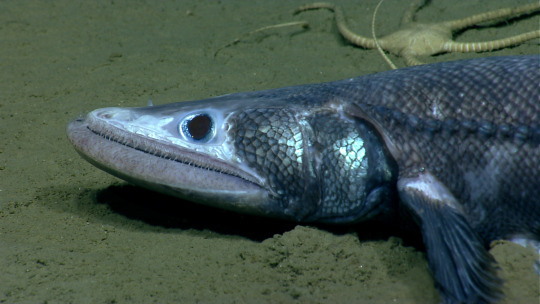
Deepsea Lizardfish (Bathysaurus ferox), family Bathysauridae, Veatch Canyon off the coast of the NE United States
photograph via: NOAA OKEANOS Explorer Program , 2013 Northeast U. S. Canyons Expedition
#lizardfish#fish#ichthyology#ocean#bathysaurus#bathysauridae#animals#nature#atlantic ocean#north america
12K notes
·
View notes
Text

i wish i hadn't brought that fucking gopro with me
#most normal fishing trip in the north atlantic 😭😭#spinosaurus#spinosaurus aegyptiacus#spinosaurid#spinosaurids#spinosauridae#dinosaur#dinosaurs#dinosaur art#prehistoric animals#theropod#theropoda#theropod dinosaur#theropod dinosaurs#early cretaceous#unfiction#alternate reality#paleontology#paleoblr#paleoart#my art#thalassophobia
1K notes
·
View notes
Text
i forgot that shipwreck documentaries make me cry somehow
#kai rambles#imagine having a special interest or hyperfixation on something not either bizzare depressing or concerning#ive watched so many of them before so like im rewatching them#and the only one i remember crying about was one in australia i think where i had to call my mom after just to hear her voice#but apparently disasters at sea: ignition point can also make me fucking cry#just like#there was a series of explosions on their ships#right?#and the ships going down and its on fire so everyones planning to abandon ship#including the third mate who is like did anyone make a mayday call and no one did and hes like we need rescue right now#so this guy goes up the bridge of this burning sinking ship and makes a mayday call to the coast guard and when the coast guard answers#and asks for coordinates#he doesnt give them#because hes already gone#because hes climbed on top of the bridge/wheelhouse to release the epirb which transmits your exact location to the coast guard#and continues to do so after its been released and all that#and then he comes down and he sees three guys who are planning to jump now and he stops them#because he has wits about him enough to realise the ship is sinking and hence you can jump from a lower point which will be better for you#and mind you these guys dont have immersion suits they have the clothes theyre wearing and lifejackets#and this is in the north atlantic#and so they jump when he tells them to and his plan is effective#and they manage to swim over to the lifeboat before hypothermia sets in and he pulls them in#and theyre drifting because its not a steerable one but he manages to save two othwr guys by getting them into the lifeboat#and one of them is laying on the floor barely conscious#but the coast guard arrive and theyre saved and the rescue swimmer risks his life to save them#because hes breathing in ethanol as hes swimming and once hes got them all up he needs to rehook himself but he sees four hooks not one#but like all six of them survived#mostly because of the third mate whose name is Lujon i believe#and he got an award recognising everything he did because there are five me alive solely because of him#but at the end he says something about thanking god for saving him every day and wow that just turned on the goddamn taps for me
0 notes
Text
Southern right whales have lifespans that reach well past 100 years, and 10% may live past 130 years, according to our new research published in the journal Science Advances. Some of these whales may live to 150. This lifespan is almost double the 70-80 years they are conventionally believed to live. North Atlantic right whales were also thought to have a maximum lifespan of about 70 years. We found, however, that this critically endangered species' current average lifespan is only 22 years, and they rarely live past 50.
Continue Reading.
#Science#Animals#Biology#Ecology#Whales#Southern Right Whale#North Atlantic Right Whale#Lifespan#Aging#Conservation
964 notes
·
View notes
Text

Québec
© Manoel T, 2025
359 notes
·
View notes
Text
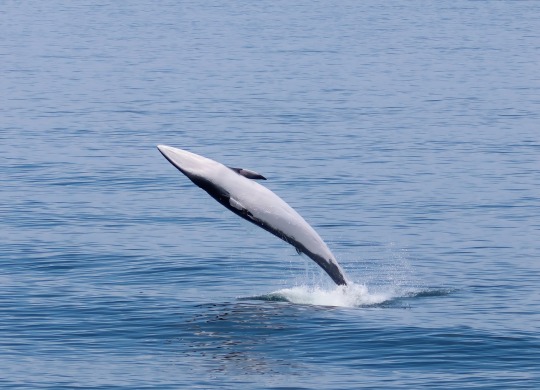
North Atlantic minke whale "Balaenoptera" acutorostrata acutorostrata
Observed by pcrosson, CC BY-NC
#Balaenoptera acutorostrata acutorostrata#North Atlantic minke whale#Cetacea#Balaenopteridae#cetacean#whale#North America#United States#Massachusetts#Atlantic Ocean#Gulf of Maine
255 notes
·
View notes
Text
Paradise Island, Bahamas: Experience the beauty of a cruise ship docked in Paradise Island, Bahamas... Paradise Island is an island in The Bahamas formerly known as Hog Island. The island, with an area of 277 hectares, is located just off the shore of the city of Nassau, which is itself located on the northern edge of the island of New Providence. It is best known for the sprawling resort Atlantis with its extensive water park rides, pools, beach, restaurants, walk-in aquarium and casinos. Wikipedia
#Paradise Island#Hog Island#Nassau#New Providence#Atlantic Ocean#Lucayan Archipelago#north carolina#north america continent
191 notes
·
View notes
Text










Rene Auberjonois in The Rockford Files "With the French Heel Back Can The Nehru Jacket Be Far Behind?" (original airdate January 5, 1979)
#The Rockford Files#With the French Heel Back Can The Nehru Jacket Be Far Behind?#Rene Auberjonois#Odo#DS9#he's a fashion designer and baby he's very gay#Those glasses and that slutty v are doing a lot of heavy lifting#he's also affecting an english or faux north atlantic accent from 1930s hollywood)#Danny watches Trek Related Junk
590 notes
·
View notes
Text

The Mermaid by Howard Pyle
#howard pyle#art#mermaid#mermaids#mythical creatures#folklore#sea#waves#ocean#siren#europe#european#moon#full moon#fisherman#phrygian#america#american#north america#atlantic ocean#fish#crab#north folk legends of the sea#lovers#stormy#waters#pileus#phrygian cap#mythology
185 notes
·
View notes
Text
Piscina Natural, Caleta de Fuste, Spain: Piscina Natural is a secret natural rock pool in Caleta de Fuste. Framed by rocks, the ocean water fills up a small pool that looks amazingly emerald green when the water is still... Caleta de Fuste is the largest community in the municipality of Antigua, Las Palmas, Spain, on the island of Fuerteventura in the Canary Islands. Fuerteventura is one of the Canary Islands, in the Atlantic Ocean, geographically part of Macaronesia, and politically part of Spain. Wikipedia
#Piscina Natural#Natural swimming pool#Caleta de Fuste#Fuerteventura#Canary Islands#Spain#Macaronesia#North Atlantic Ocean#Special territory of the European Union
173 notes
·
View notes
Text

Under The Pier
Outer Banks, North Carolina
Bob Cronk
#outer banks#north carolina#east coast#atlantic ocean#bob cronk#bob cronk photography#ocean#pier#summer#beach life#photographers on tumblr#original photographers#original photography#photography on tumblr
244 notes
·
View notes
Text


#photo of the day#photography#North American B-25J Mitchell#take off time#aircraft#airplane#aviation#warbird#bomber#pinup art#pinup girl#nose art#Mid Atlantic Air Museum#World War II Weekend#Reading PA#spring 2024
261 notes
·
View notes
Text



Pucker Up for the Sea Lamprey!
The sea lamprey (Petromyzon marinus), also known as the vampire fish, is the most famous member of the order of lampreys, Petromyzontiformes. Despite their similar appearance to eels, lampreys are actually jawless fish, and are more closely related to hagfish than eels. To add further confusion, sea lampreys actually reproduce in freshwater rivers and streams, and are only found in the ocean as adults. They are spread along the Atlantic coasts of North America and Europe, as well as the Mediterranean and Black Sea.
Sea lampreys are the largest member of the lamprey family, at an impressive 30 to 100 cm (11.8 to 39.4 in) long and weighing around 2.5 kg (5.5 lbs). They are generally olive or brownish grey, and their bodies are long and smooth. Perhaps P. marinus' most distinctive feature are their mouths, which are wide and circular with teeth arranged in a circle around the tongue and throat. When opened to attach to its prey, the mouth can stretch larger than the lamprey's head.
Vampire fish are widely known for their feeding habits. Adults are parasites that attach themselves to the sides of fish and feat on their victim's blood and tissue. But despite their fearsome appearance, P. marinus has a variety of predators as both juveniles and adults, including sturgeon, catfish, sea lions, seals, sea birds, and northern pikeminnows. Juveniles are particularly vulnerable, as they are smaller and, as deteriorates, are not equipped with the sharp teeth of adults.
Like many other fish, sea lampreys are anadromous, meaning they migrate from salt to freshwater to reproduce. From April to June, males and females travel up river to find rocky beds in which to build nests. Females lay anywhere from 30,000 and 100,000 eggs in their nest, which are then fertilized by multiple males. After mating, both parents die. The larvae take 3 to 8 days to hatch, and the young spend the next 1 to 3 years filter feeding in their home river. Once they reach maturity, they migrate back to the ocean, where they can reside for up to 5 years before returning to their spawning grounds to complete their lifecycle.
Conservation status: The IUCN has rated the sea lamprey as Least Concern. This species is invasive in the Great Lakes region of the United States. However, within its native range it is threatened by habitat degradation and over-fishing.
Photos
Paul Wilson
U.S. National Park Service
Sean Landsman
#sea lamprey#Petromyzontiformes#Petromyzontidae#lamprey#jawless fish#fish#marine fauna#marine fish#coasts#coastal fish#rivers#river fish#atlantic ocean#north america#eastern north america#europe#western europe#mediterranean sea#animal facts#biology#zoology#ecology
144 notes
·
View notes
Text

Lot?
@ksjanes: Open
© Manoel T, 2024
219 notes
·
View notes
Text
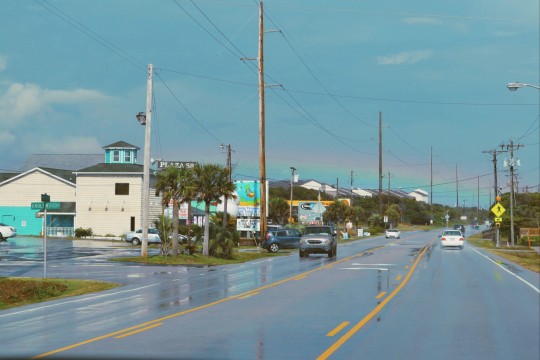
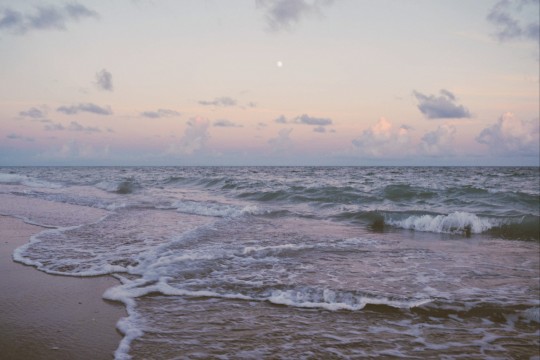

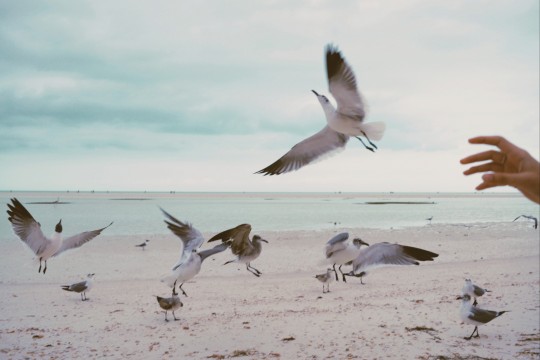
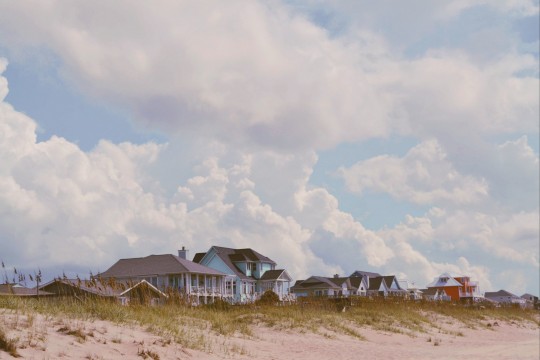

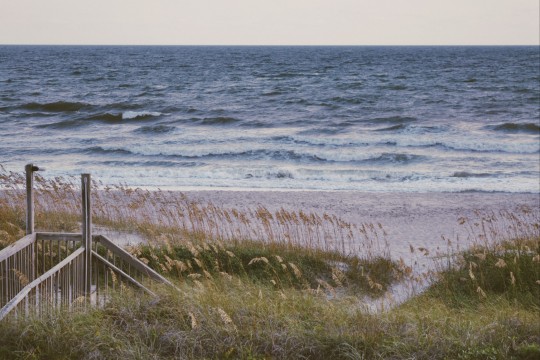
american summers, part ii
#mine#american summers#photography#summer aesthetic#beach aesthetic#ocean aesthetic#oceancore#summercore#americana#american aesthetic#nostalgia#grainy aesthetic#ocean#beach#north carolina#rainbow#small town america#beachcore#southern aesthetic#original photography#photographers on tumblr#lensblr#atlantic#east coast#mermaidcore#ocean lover#beach life#shore#coast#seaside
186 notes
·
View notes
Text
Underwater Leap, Dean's Blue Hole, Bahamas: Dean's Blue Hole is a blue hole located in The Bahamas in a bay west of Clarence Town on Long Island and is the world's third deepest with an estimated depth of 202 metres, after the Taam Ja' Blue Hole in the Chetumal Bay and the Dragon Hole in the South China Sea. Wikipedia
#Underwater Leap#Dean's Blue Hole#Clarence Town#Bahamas#Lucayan Archipelago#Atlantic Ocean#Caribbean#north america#north america continent
145 notes
·
View notes